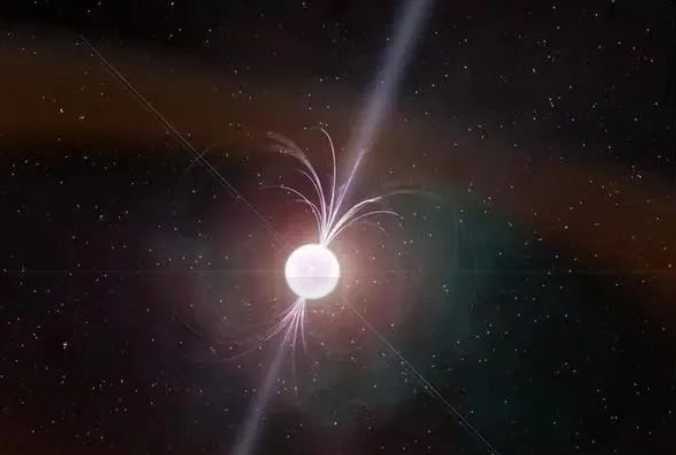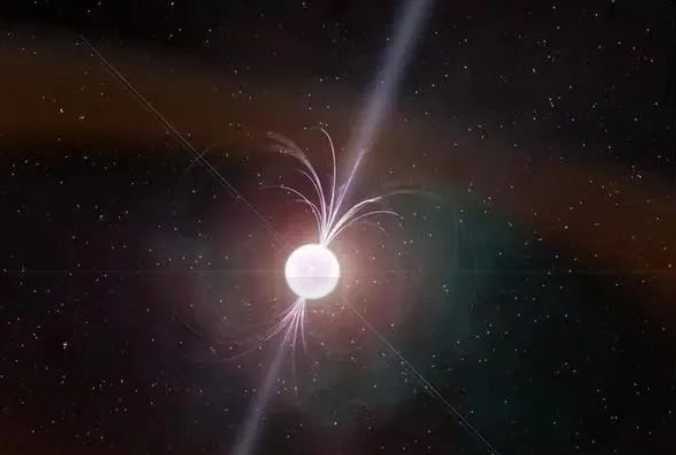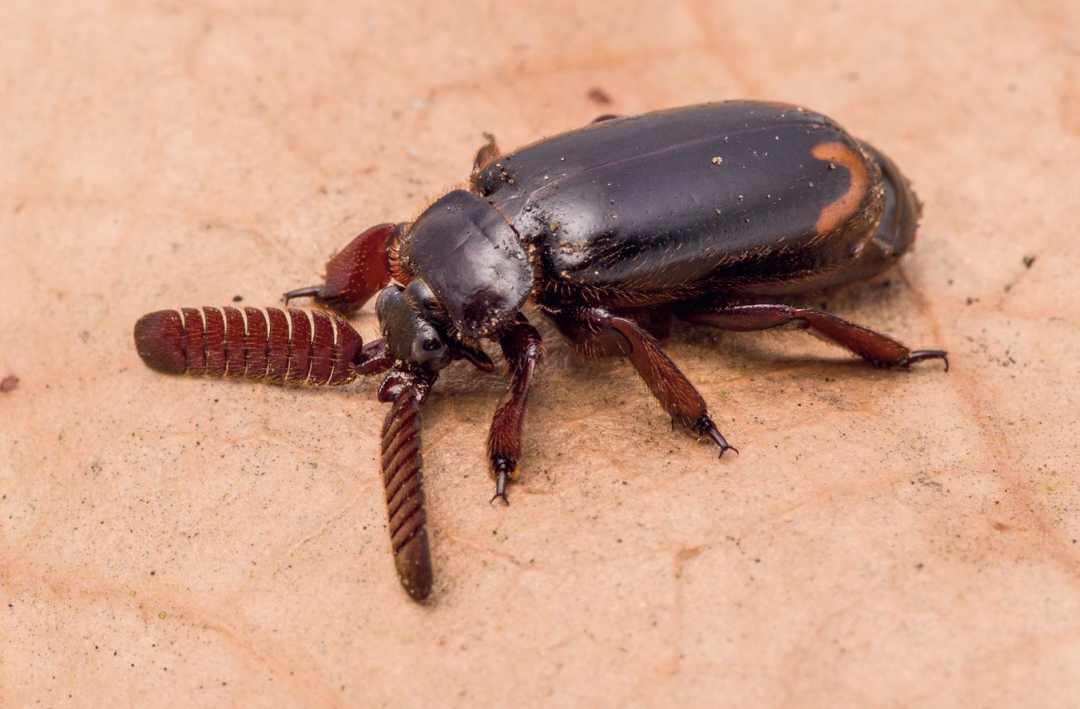Segue 2: The 'Pitiful' Dwarf Galaxy Trapped in the Milky Way's Gravitational Grip
Segue 2, a diminutive galaxy spanning just 220 light-years and hosting fewer than 1,000 stars, stands in stark contrast to giants like IC 1101—making it appear as cosmic "stardust." Scientists suspect this tiny entity is an early-universe "relic," gravitationally bound to the Milky Way, forever stunted in its growth.

Source: Images from the Internet, if there is any infringement, please contact the removal of
A Cosmic Underdog: Size and Stellar Scarcity
Measuring a mere 220 light-years across (IC 1101 spans 2 million light-years), Segue 2 is one of the smallest known dwarf galaxies. Its stellar population is meager—even a typical globular cluster in the Milky Way hosts more stars. This scarcity stems from its minimal gas reserves, which limit star formation. Observations show Segue 2’s stars are ancient, dating back to the universe’s first billion years, with little recent stellar birth.
Astronomers compare it to a "cosmic runt": its feeble gravity can’t compete with the Milky Way’s tidal forces, which strip away gas needed for star formation. This gravitational tug-of-war has locked Segue 2 in a permanent state of arrested development.
The 'Cosmic Reject' Theory: Clues to Early Galactic Evolution
Segue 2’s existence challenges models of galaxy formation. Scientists propose it may be a leftover fragment from the early universe, a "failed galaxy" that never accumulated enough mass to thrive. Its proximity to the Milky Way (300,000 light-years) suggests it was captured early in cosmic history, preventing it from merging with other dwarf galaxies to grow.
Studying Segue 2 offers insights into "cosmic underdogs": how small galaxies survive in the shadow of giants. Its high dark matter content (despite low stellar mass) also makes it a prime target for dark matter studies. As a frozen relic of the universe’s youth, Segue 2 may hold secrets to why some galaxies flourish while others, like this "pitiful" dwarf, remain eternally stunted—trapped in the gravitational embrace of their more massive neighbors.
-------- END --------






